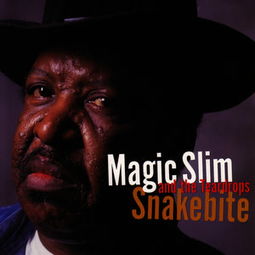
Snake Bite Photos: A Comprehensive Guide
Snake bites can be a terrifying and life-threatening experience. Recognizing the signs and symptoms, as well as understanding the types of snakes and their venom, is crucial for effective treatment. In this article, we will delve into the world of snake bite photos, providing you with a detailed and multi-dimensional introduction to help you identify and understand these dangerous encounters.
Understanding Snake Bites

A snake bite occurs when a snake injects venom into a person’s body. The venom can cause a range of symptoms, from mild to severe, and can even be fatal. It’s important to note that not all snake bites are venomous, but it’s always best to err on the side of caution.
Snake venom is a complex mixture of proteins, enzymes, and toxins. The effects of the venom depend on the type of snake, the amount of venom injected, and the individual’s immune response. Symptoms can include pain, swelling, bleeding, and in severe cases, organ failure and death.
Identifying Snake Bites

Identifying a snake bite can be challenging, especially if the snake is not immediately visible. However, there are several key signs to look out for:
-
Pain and swelling at the bite site
-
Redness and bruising around the bite
-
Difficulty breathing or swallowing
-
Severe pain, numbness, or tingling in the area around the bite
-
Confusion, dizziness, or loss of consciousness
It’s important to take a photo of the bite site as soon as possible. This can help medical professionals identify the type of snake and the severity of the bite. Here’s a table showing some common snake bite symptoms:
| Snake Bite Symptom | Description |
|---|---|
| Pain | Immediate, severe pain at the bite site |
| Swelling | Swelling and redness around the bite area |
| Bruising | Dark, purple bruising around the bite |
| Bleeding | Excessive bleeding from the bite site |
| Difficulty Breathing | Shortness of breath, difficulty swallowing |
| Confusion | Disorientation, confusion, or loss of consciousness |
Types of Snakes and Their Venom

There are many different types of snakes, each with its own unique venom. Here’s a brief overview of some of the most common venomous snakes and their venom:
-
Eastern Diamondback Rattlesnake
Eastern diamondback rattlesnakes are found in the southeastern United States. Their venom is hemotoxic, meaning it affects the blood and circulatory system.
-
Western Diamondback Rattlesnake
Western diamondback rattlesnakes are found in the southwestern United States. Their venom is also hemotoxic, but it can also cause neurotoxic effects.
-
Coral Snake
Coral snakes are found in the southeastern United States and Central and South America. Their venom is neurotoxic, affecting the nervous system.
-
Black Mamba
The black mamba is found in southern Africa. Its venom is highly toxic and can cause death within 30 minutes if not treated promptly.
Preventing Snake Bites
Preventing snake bites is always better than dealing with the aftermath. Here are some tips to help you avoid a dangerous encounter:
-
Stay on marked trails when hiking or walking in the wilderness
-
Be cautious when handling or moving objects in areas where snakes may be present
-





